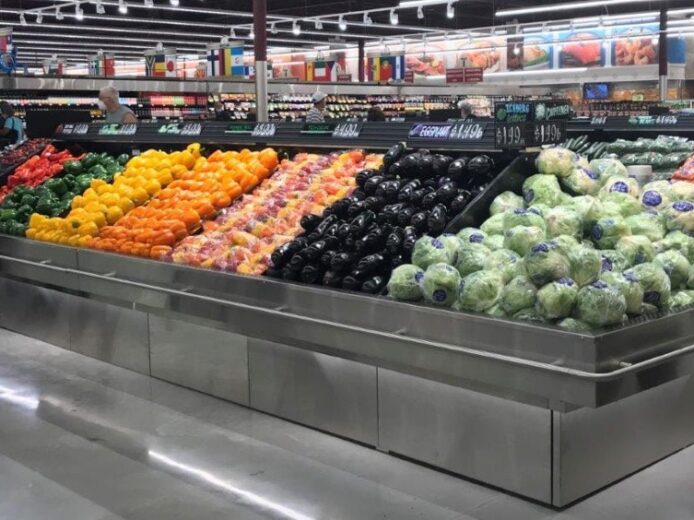Supermarket refrigeration systems are essential for preserving perishable goods, maintaining product quality, and ensuring customer safety. They involve complex setups designed to handle large volumes of products across various display and storage areas.
Key Components of Supermarket Refrigeration
- Display Cases
- Open Display Cases: For fresh produce, dairy, or baked goods.
- Closed Display Cases: Glass-fronted units for meats, seafood, or prepared foods.
- Self-Serve and Service Cases: Designed for customer access and staff servicing.
- Cold Storage Rooms
- Large walk-in coolers and freezers for bulk storage of perishable items.
- Refrigeration Systems
- Centralized systems that circulate refrigerant to multiple display and storage units.
- Can be direct expansion (DX) or indirect systems with secondary refrigerants.
- Refrigerant Piping and Condensers
- Distribute refrigerant throughout the system.
- Condensers release heat absorbed from the cooled spaces.
- Control Systems
- Thermostats, sensors, and automation controls to maintain precise temperatures.
- Air Curtains and Ventilation
- Minimize temperature fluctuations when doors are opened.
Supermarket refrigeration is a vital component that directly impacts product quality, operational efficiency, and energy consumption. Proper design, installation, and maintenance ensure reliable performance while minimizing environmental impact. Investing in modern, energy-efficient systems can lead to significant cost savings and sustainability benefits over time.
If you need tailored advice or assistance with specific supermarket refrigeration solutions, consulting with experienced HVAC&R professionals is recommended.







